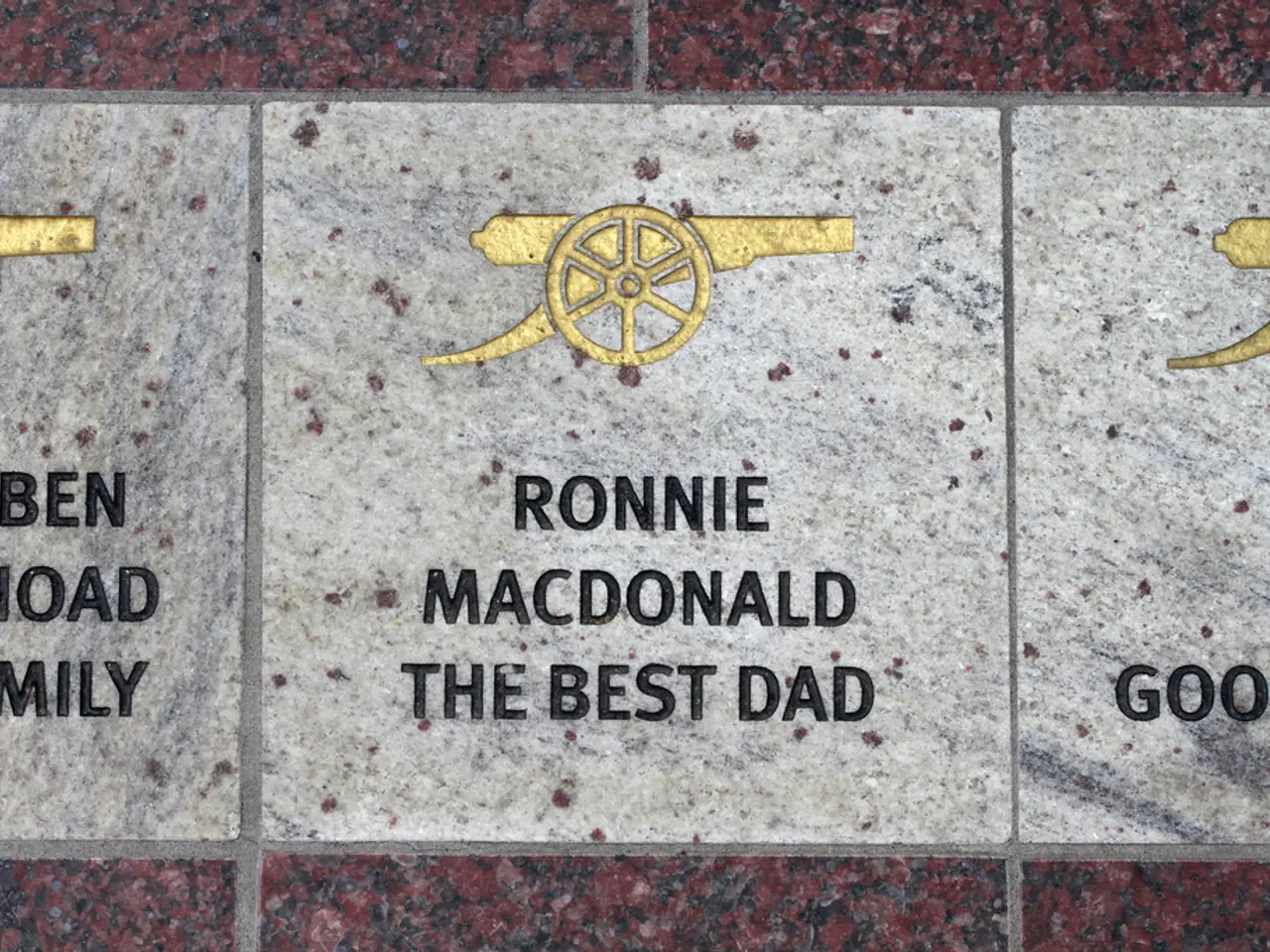Ancient Roman Helmet Unearthed from the Ocean Bed Following a Seabattle in 241 BC
In August of last year, divers from the Society for Documentation of Underwater Archaeology made a remarkable discovery off the coast of Sicily. A well-preserved Roman Montefortino helmet, over 2,400 years old, was found near the site of the Battle of the Aegates Islands, which took place in 241 BC.
Characterised by its round or conical shape, central knob for attaching a plume, prominent neck guard, and cheek pieces attached with rivets, this helmet is a testament to the craftsmanship of the Roman era. Early versions often featured decorative edging and pine cone patterns.
The helmet, with its cheek guards still attached, was discovered in exceptionally good condition. Modern equipment, including a CT scanner, has been used to study the artifact, revealing swords, spears, and darts within the fossilized layers. These findings suggest that the helmet was likely used in the Battle of the Aegates Islands, a decisive naval battle between Rome and Carthage that ended the First Punic War.
Historians estimate that between three to four million Montefortino helmets were made, making them a common sight during the Republican era, where they served as the standard helmet for Roman legionaries until the 1st century AD.
The Roman helmet from 241 BC could potentially become a main exhibit in a museum, shedding light on an important episode of ancient Mediterranean history. The discovery is part of a larger research project, with numerous artifacts from various eras already raised from the sea floor.
Another intriguing find from the same research project is a ship ram, on which an inscription reads: "Ser. Sulpicius C.F. Questor Checked," likely referring to a Roman quaestor. The quaestor's father might have been Gaius Sulpicius, possibly consul in 243 BC.
This discovery adds to our understanding of the Roman Republic's naval history and the Battle of the Aegates Islands. As research continues, these artifacts will undoubtedly provide valuable insights into the strategies, tactics, and technologies of ancient warfare.








